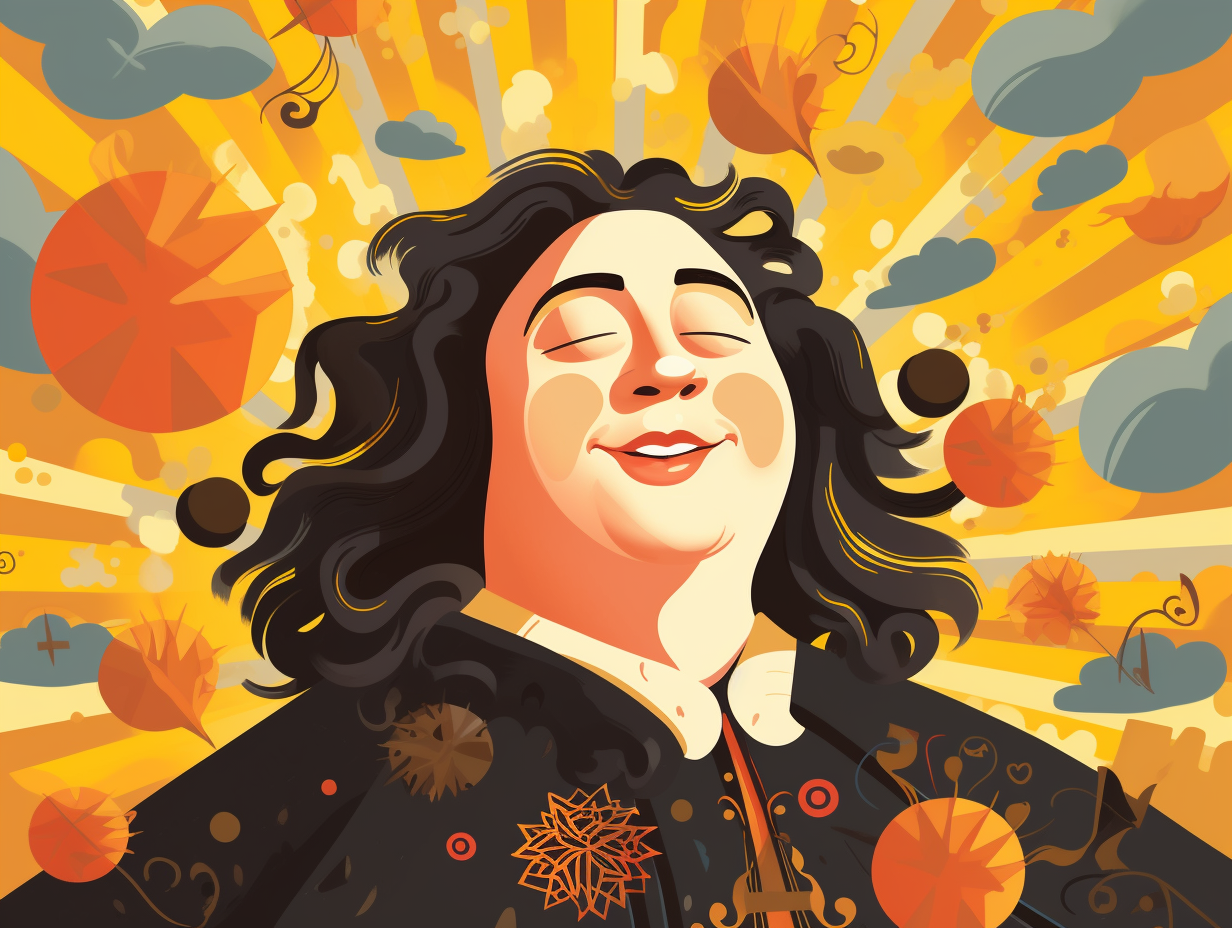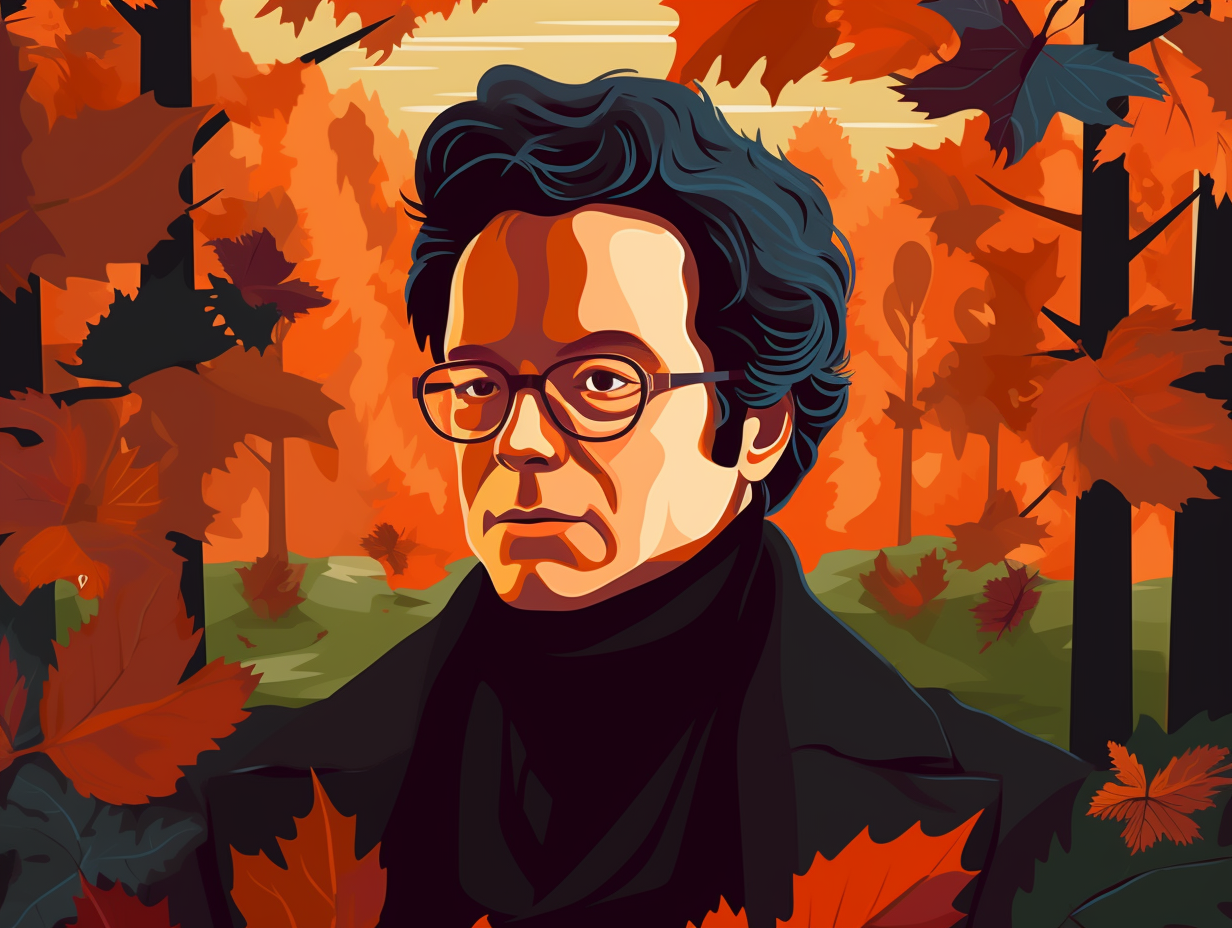Discover the Top 13 Fun Facts About Felix Mendelssohn That Will Delight and Surprise You!
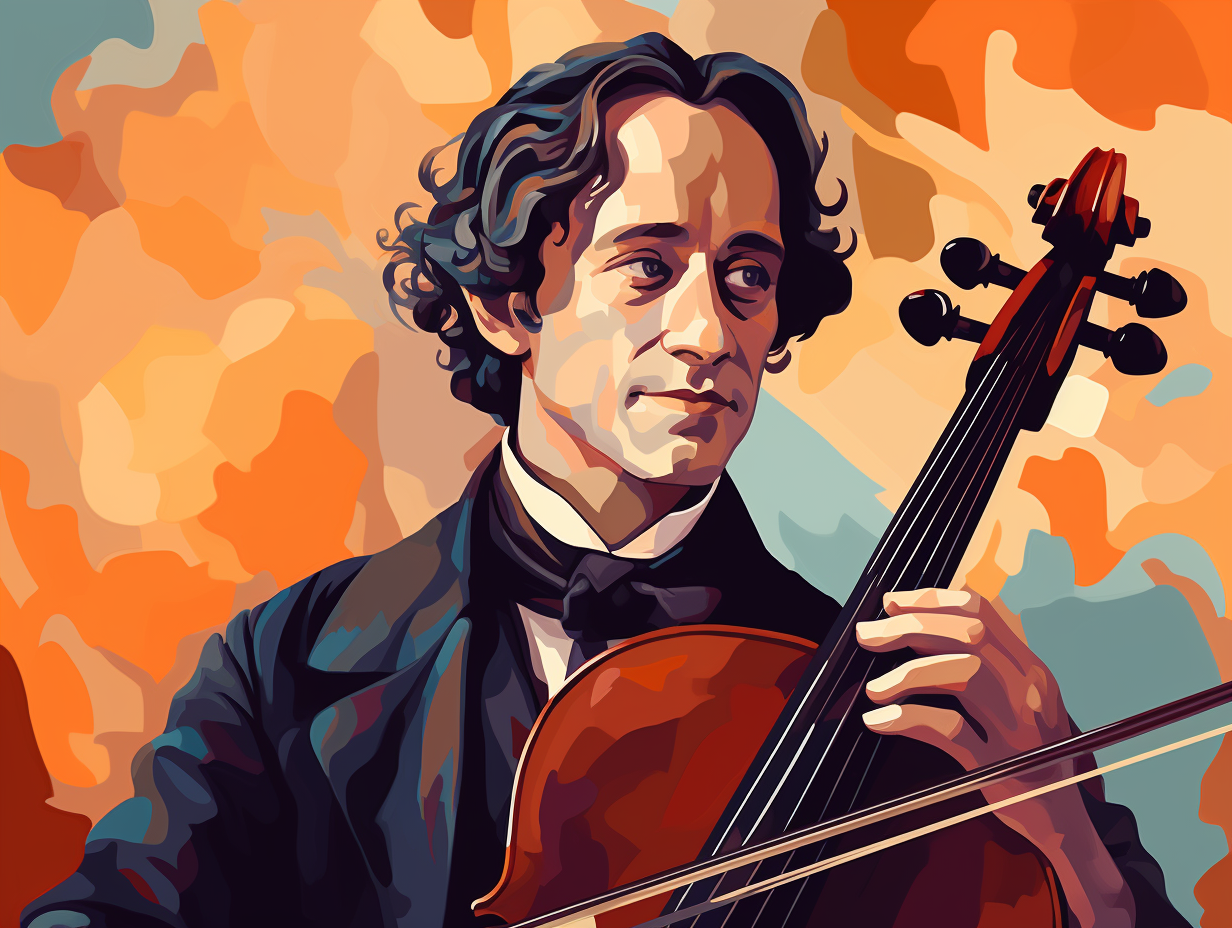
1. Banking Beats
Who needs a high note when you can have a high savings account? Quite the bankable composer, Felix Mendelssohn's family was harmoniously involved in the world of finance: his grandfather Moses Mendelssohn's son Joseph founded the Berlin-based bank Mendelssohn & Co., which sadly closed its doors in 1938 due to the political climate, but not before leaving a major impact in various fields such as Felix's own melodious success as a composer.
Source => en.wikipedia.org
2. Multilingual Maestro
Who said musicians couldn't be multilingual wordsmiths? Felix Mendelssohn was the original master of babel, putting Google Translate to shame in the 19th century: This musical virtuoso boasted fluency in German, English, French, and Italian, and even dabbled in Latin and Greek. He translated literary works of Shakespeare and Goethe into his mother tongue, adding layers of cultural richness to his symphonic masterpieces.
Source => lammasgreenmusicstudio.co.uk

Did you know that Bach had 20 children, but only four went on to become famous composers? Discover the unique styles and legacies of the "Dresden Bach," "London Bach," and more!
=> Fun Facts about Bach
3. Musical Eurotrip
From Highland flings to Welsh wonderments and Italian escapes, our traveling maestro Felix Mendelssohn really knew how to take a musical Eurotrip: In his time traveling across Europe from 1829 to 1832, Mendelssohn found inspiration in the breathtaking scenery that led to the Hebrides Overture and Scottish Symphony, while his Protestant faith served as muse to the conclusion of his Fifth Symphony, marking the 300th anniversary of the Augsburg Confession; Italy's allure took a backseat, but our maestro's imagination flourished, leading to the joyous Fourth Symphony reflecting sunny southern climes.
Source => bachtrack.com
4. Bach Revivalist
It's Bach to the Future with Felix Mendelssohn: Contrary to popular belief, he didn't restore Bach from obscurity, but instead fueled the Bach Revival through his 1829 performance of St Matthew Passion, which led to widespread performances and recordings of Bach's music in the 20th century.
Source => en.wikipedia.org
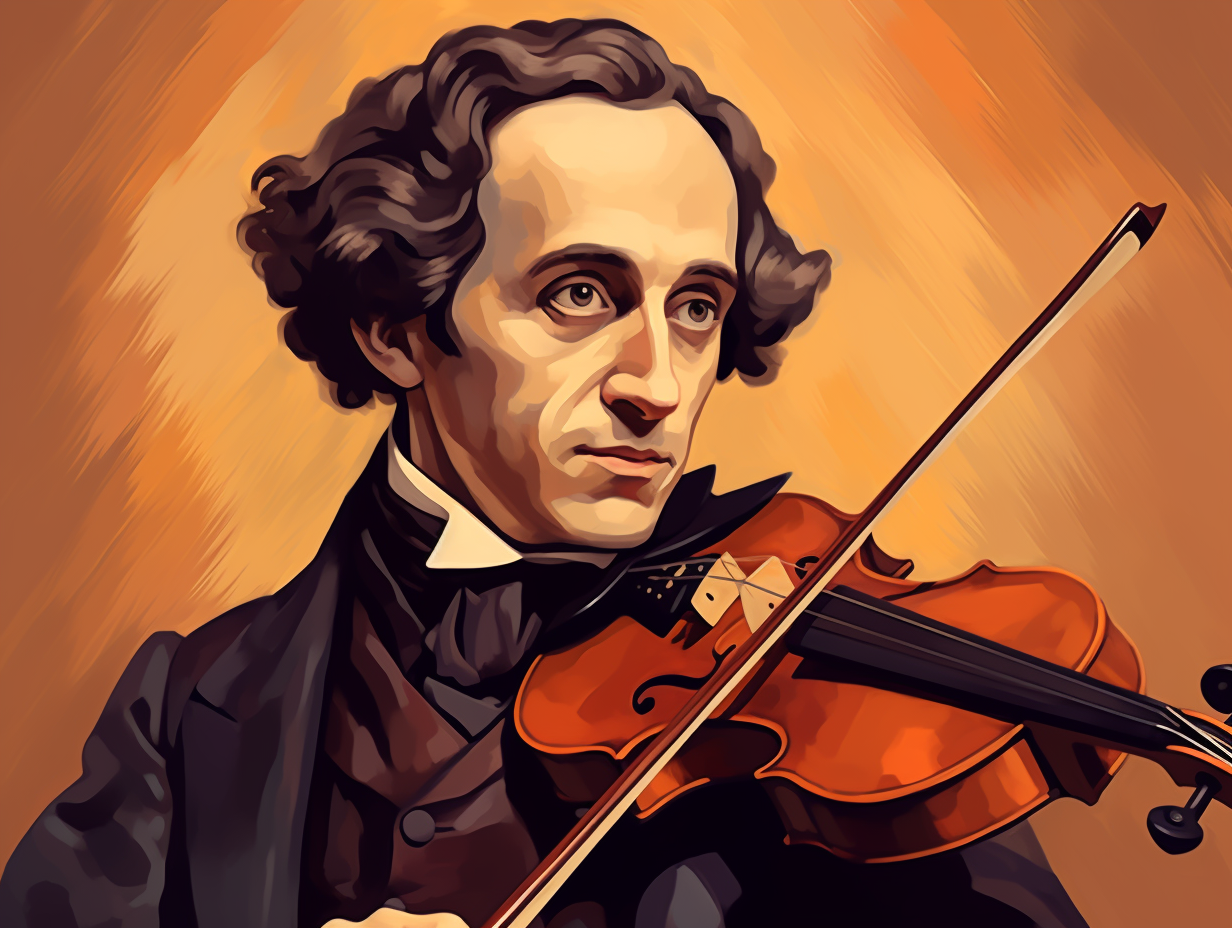
5. Royal Wedding DJ
When Queen Victoria's royal playlist needed a groovy tune to walk down the aisle, Felix Mendelssohn topped the charts like a 19th-century Beyoncé: It was the choice of Victoria's daughter, The Princess Royal, at her wedding to Prince Frederick William of Prussia in 1858 that popularized Mendelssohn's "Wedding March" as the go-to song for matrimonial exits, having made its first wedding appearance in Tiverton, England in 1847.
Source => en.wikipedia.org
6. 19th Century Kardashians
The Mendelssohn household could have been the inspiration behind a 19th-century reality show called "Keeping Up with the Mendelssohns": featuring not only the vivacious composer Felix, but also his musically talented sister Fanny, literary prodigy sister Rebecca, and an endless parade of famous house guests like Humboldt and Hegel. The family loved languages, read Shakespeare as if binging a Netflix series, and were essentially European renaissance celebrities!
Source => laphil.com
7. Mozart Slayer
In a "royal rumble" of musical appreciation, Queen Victoria was ready to tag Felix Mendelssohn as her partner for the championship title of 'The Mozart Slayer': Mendelssohn basked in the adoration of the queen herself, who declared him "the greatest musical genius since Mozart" and a humble, kind-hearted soul whose tunes danced their way into the hearts of both royalty and the common folk, leaving a lasting legacy even after his early exit from the stage at the age of 38.
Source => classicfm.com
8. Artistic Duality
Who said multitasking was a myth? Felix Mendelssohn was composing masterpieces by day and moonlighting as the Bob Ross of his era: This musically gifted maestro was quite the talented artist too, creating over 300 drawings and paintings, particularly landscape masterpieces inspired by his travels to Switzerland, Scotland, and Italy, with watercolor beauties that showcased vivid colors and untouched natural worlds.
Source => loc.gov
9. Name Changer Chaos
In a classic case of "you had one job," Felix Mendelssohn's "Fingal's Cave" concert overture suffered a minor identity crisis with multiple name changes, akin to a musical witness protection program: The piece was initially called "Die einsame Insel" (The Lonely Isle) and later renamed "Die Hebriden" (The Hebrides) after the group of islands off Scotland's west coast that inspired it. But wait, there's more confusion! The orchestral parts were published under "Die Hebriden," while the score bore the name "Fingals Höhle," thanks to Mendelssohn's visit to the actual cave and its magical echoing acoustics.
Source => classical-music.com
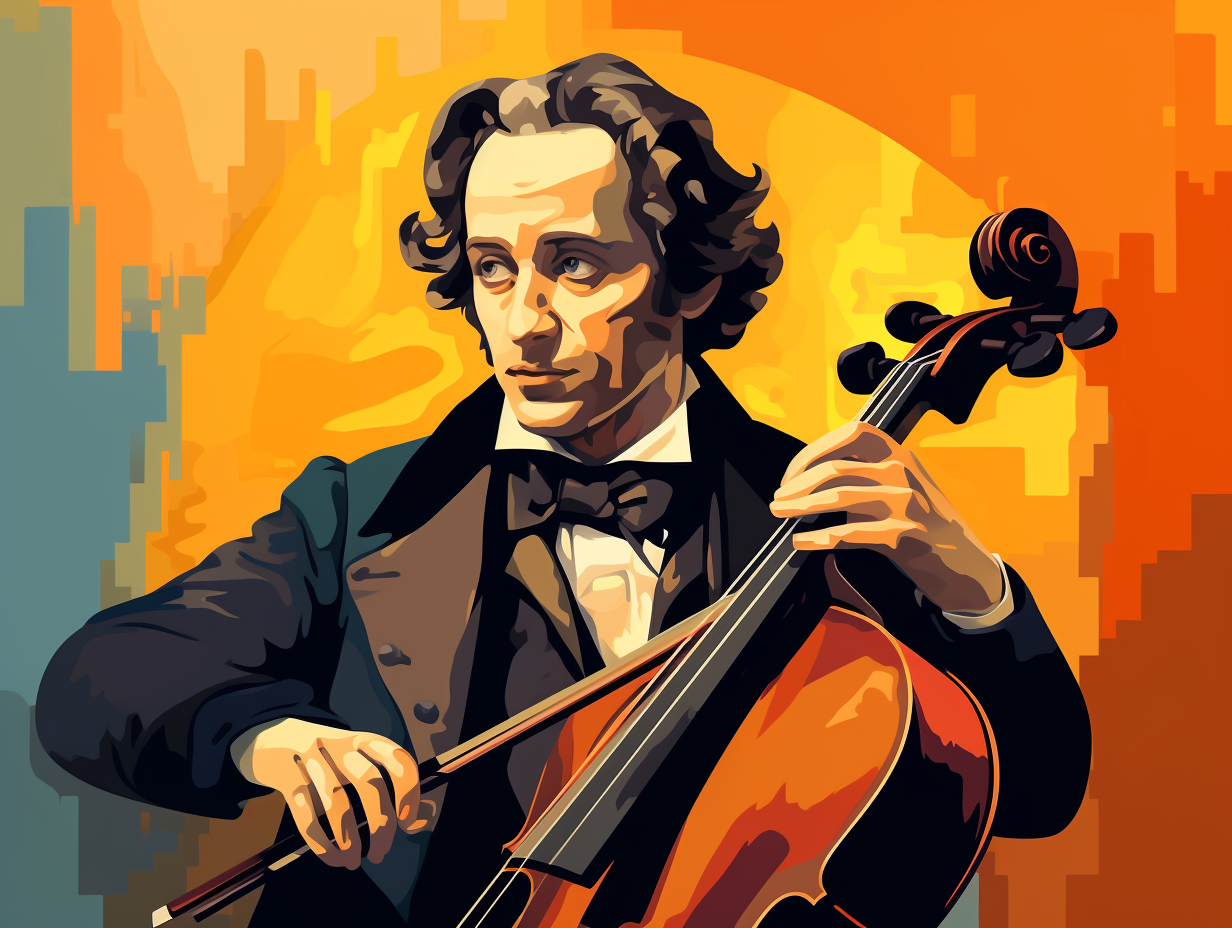
10. Conservatorium Founder
Mendelssohn, not just a chain-smoking cat: Felix Mendelssohn founded the Conservatorium der Musik in Leipzig in 1843, which later became the University of Music and Theatre "Felix Mendelssohn Bartholdy" Leipzig, the oldest university school of music in Germany, and formed strong ties with the Gewandhaus, Opera Leipzig, and surrounding theaters.
Source => en.wikipedia.org
11. Friends Enchant Violins
Did you hear about the time Felix Mendelssohn charmed a violin with his magical musical wand? It's no fairy tale: Mendelssohn wrote the solo violin part of his acclaimed Violin Concerto in E minor specifically for his friend, the talented violinist Ferdinand David, creating a transcendent piece that marries technical prowess with emotive artistry.
Source => udiscovermusic.com
12. Bach Fanboy
Call Bach, we've got a fanboy: Felix Mendelssohn not only played a vital role in rekindling interest in Bach's music during the 19th century, but he conducted the first performance of the St Matthew Passion since Bach's death. Mendelssohn's passion for Bach eventually led to his own statue being erected in Leipzig next to the legendary composer's former haunt, forever uniting these musical geniuses in a harmonious tribute.
Source => classical-music.com
13. Restoring Legacies
When Felix Mendelssohn had a violin-shaped itch on his back he could never quite reach, he was determined to do something notable that no orchestra of Nazis could scratch: On November 9-10, 1936, his statue was removed from Leipzig's Gewandhaus concert hall by Nazi sympathisers due to his Jewish heritage, and it wasn't until 2008 when a new statue was finally unveiled next to his idol – Bach – to celebrate the musical maestro's everlasting imprint on Leipzig.
Source => classical-music.com
Related Fun Facts




